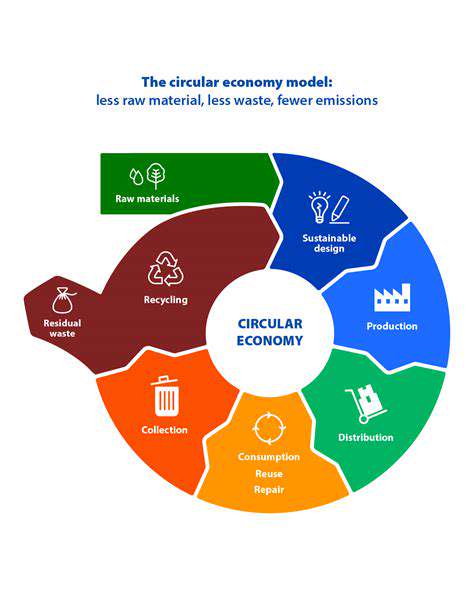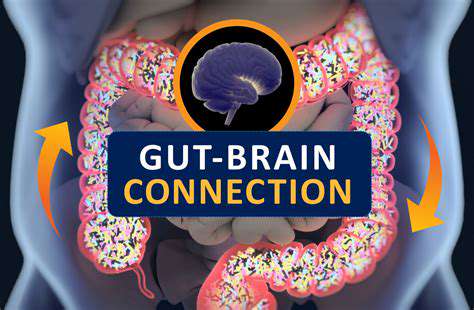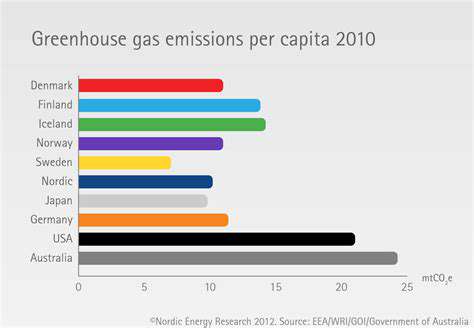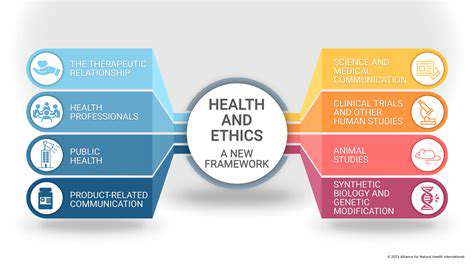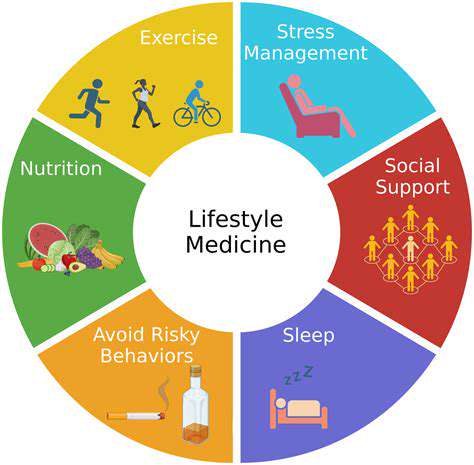A Global Crisis
Every year, millions of tons of perfectly edible food end up in landfills while millions go hungry. This paradox highlights one of modern society's most pressing challenges. What makes this particularly alarming is that nearly one-third of all food produced globally never reaches a human stomach. Grocery stores discard blemished produce, restaurants toss unsold meals, and households throw away forgotten leftovers - all while food insecurity persists.
The scale of this issue demands urgent action across every link in our food system. From agricultural practices to consumer habits, we need fundamental changes to create a more sustainable approach to nourishment. The solutions exist, but implementing them requires coordinated effort and shared responsibility.
Root Causes Behind Wasted Food
Multiple factors contribute to food waste throughout the supply chain. Many consumers purchase more than they need, store food improperly, or misinterpret best by dates as strict expiration markers. Perhaps most frustrating is how supermarkets reject imperfect produce - fruits and vegetables that taste perfectly fine but don't meet arbitrary cosmetic standards account for significant losses.
Distribution networks face their own challenges. Inadequate cold storage during transport, logistical inefficiencies, and strict retailer specifications all lead to edible food being discarded before reaching stores. Even at the farming level, surplus crops often go unharvested due to market fluctuations or labor shortages.
Economic Consequences
The financial impact of food waste is staggering. Annually, this represents billions in lost value across the entire food system. Consider all the labor, water, energy, and transportation resources essentially thrown away with each discarded meal - these represent real economic losses that affect everyone from farmers to consumers.
Beyond direct costs, wasted food means missed economic opportunities. The resources spent producing uneaten food could have been allocated elsewhere, potentially creating more value in other sectors. This inefficient resource allocation ultimately impacts national economies and global trade balances.
Environmental Toll
When food decomposes in landfills, it generates methane - a greenhouse gas 25 times more potent than CO2. Food waste alone contributes about 8% of global greenhouse gas emissions, making it a significant driver of climate change. The environmental impact extends beyond emissions though.
Consider the water wasted irrigating uneaten crops or the deforestation for farmland producing food that never gets consumed. The carbon footprint includes all the energy used in production, processing, and transportation of discarded food. Addressing food waste presents one of the most effective ways to reduce our environmental impact.
What Consumers Can Do
Individual actions collectively make a substantial difference. Simple practices like planning meals, understanding date labels, and proper storage can dramatically reduce household waste. Getting creative with leftovers and supporting ugly produce programs are powerful ways consumers can drive change.
Composting food scraps, donating excess to food banks, and being mindful of portion sizes all contribute to solutions. Perhaps most importantly, consumers can influence businesses by supporting retailers and restaurants with strong food waste reduction policies.
Industry Innovations
Forward-thinking companies are developing creative solutions across the supply chain. Improved packaging extends shelf life, while new apps connect retailers with surplus food to charities. Advanced sorting technologies now help farmers redirect imperfect produce to alternative markets rather than discarding it.
Some supermarkets have eliminated best before dates on certain products, while others sell discounted near-expiry items. Food manufacturers are finding ways to repurpose byproducts that would previously have been waste. These innovations demonstrate what's possible when businesses prioritize sustainability.
Policy and Education
Government action can accelerate progress through regulations and incentives. France's ban on supermarkets discarding edible food shows how policy can drive change. Public awareness campaigns are equally crucial - many people simply don't realize the scale or impact of food waste.
Schools teaching food literacy, cities expanding composting programs, and organizations rescuing surplus food all play vital roles. A comprehensive approach combining policy, education, and infrastructure is essential for meaningful, lasting change.
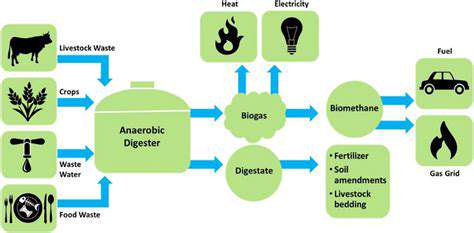
Beyond Biogas: Exploring Alternative Energy Conversion Technologies
Solar Power's Bright Future
Solar technology continues making remarkable advances that increase efficiency while lowering costs. Modern photovoltaic systems can now generate power even on cloudy days, while building-integrated designs blend seamlessly into urban environments. These innovations make solar increasingly accessible and practical for diverse applications worldwide.
Concentrated solar power takes a different approach, using mirrors to focus sunlight for industrial heat or electricity generation. Such systems demonstrate solar's versatility beyond traditional panels. With continued innovation, solar energy will likely play an even greater role in our energy mix moving forward.
Tapping Earth's Inner Heat
Geothermal systems harness the planet's natural warmth for consistent, reliable energy. Unlike solar or wind, geothermal isn't dependent on weather conditions, making it uniquely valuable for baseline power generation. Enhanced geothermal systems now allow access to heat resources in areas without natural hot springs or geysers.
Wind Energy Evolution
Modern wind turbines represent engineering marvels, with some taller than skyscrapers and blades longer than football fields. Offshore wind farms capitalize on stronger, steadier ocean winds while minimizing land use concerns. These technological leaps have made wind power increasingly cost-competitive with traditional energy sources.
The next frontier involves solving energy storage challenges to make wind power more consistent. Innovations in battery technology and grid management will help maximize wind's contribution to our energy needs.
Hydrogen's Potential
Clean hydrogen fuel could revolutionize heavy transport and industrial processes that are hard to electrify. While production challenges remain, renewable-powered electrolysis offers a truly sustainable path for hydrogen generation. As infrastructure develops, this versatile fuel may play a key role in decarbonizing challenging sectors.
Next-Gen Biofuels
Advanced biofuels made from agricultural waste or algae avoid the food-versus-fuel dilemma of early biofuels. These sustainable alternatives could help decarbonize aviation and shipping where electrification isn't practical. Ongoing research continues improving yields and reducing costs.
Ocean Energy Prospects
The constant motion of tides and waves represents a vast, untapped energy source. While still in early stages, marine energy technologies show promise for coastal communities. As these systems mature, they could provide predictable, renewable power to supplement other clean energy sources.
Addressing Challenges and Improving Efficiency
Why Food Waste Reduction Matters
Cutting food waste delivers benefits far beyond economic savings. It represents one of the most effective ways individuals and businesses can reduce environmental impact while improving food security. The resources embedded in wasted food - from the water used in irrigation to the energy for transport - make this an issue with cascading consequences.
By tackling food waste, we simultaneously address multiple sustainability challenges. Less wasted food means reduced pressure on farmland, lower greenhouse gas emissions, and decreased strain on water resources. These interconnected benefits make waste reduction a powerful leverage point for creating positive change.
Anaerobic Digestion's Promise
This natural process transforms organic waste into renewable energy and nutrient-rich fertilizer, creating a closed-loop system. Modern digesters can handle diverse waste streams while generating biogas for electricity or vehicle fuel. The resulting digestate returns valuable nutrients to soil, completing the cycle.
Community-scale digesters offer particular promise, allowing local solutions to waste management while producing energy where it's needed. As technology improves and costs decrease, anaerobic digestion could become a cornerstone of sustainable waste management worldwide.

